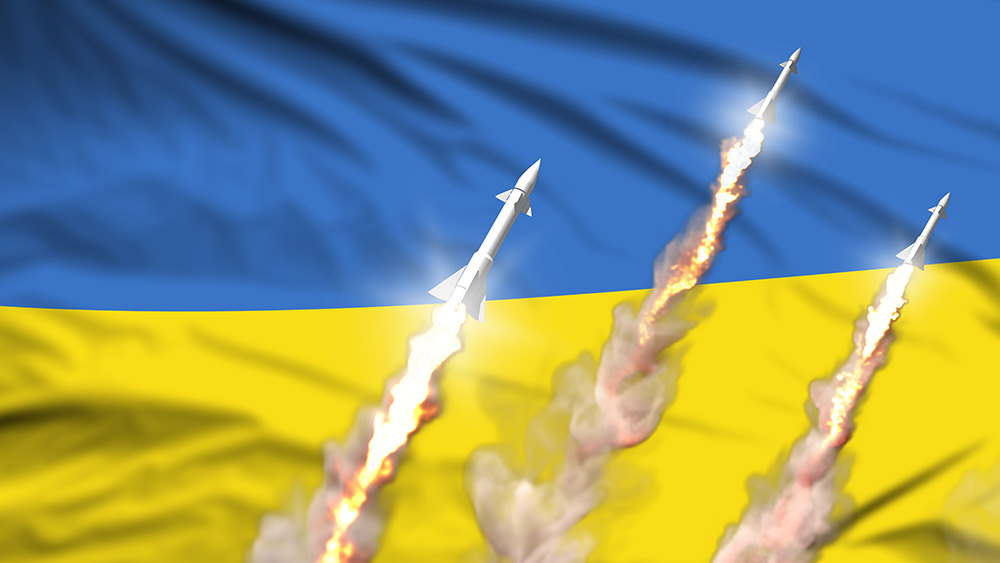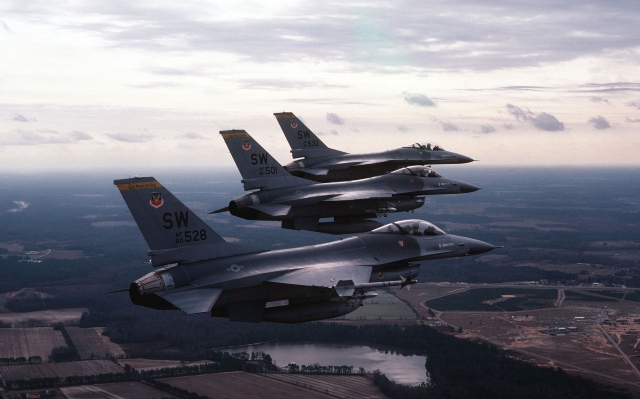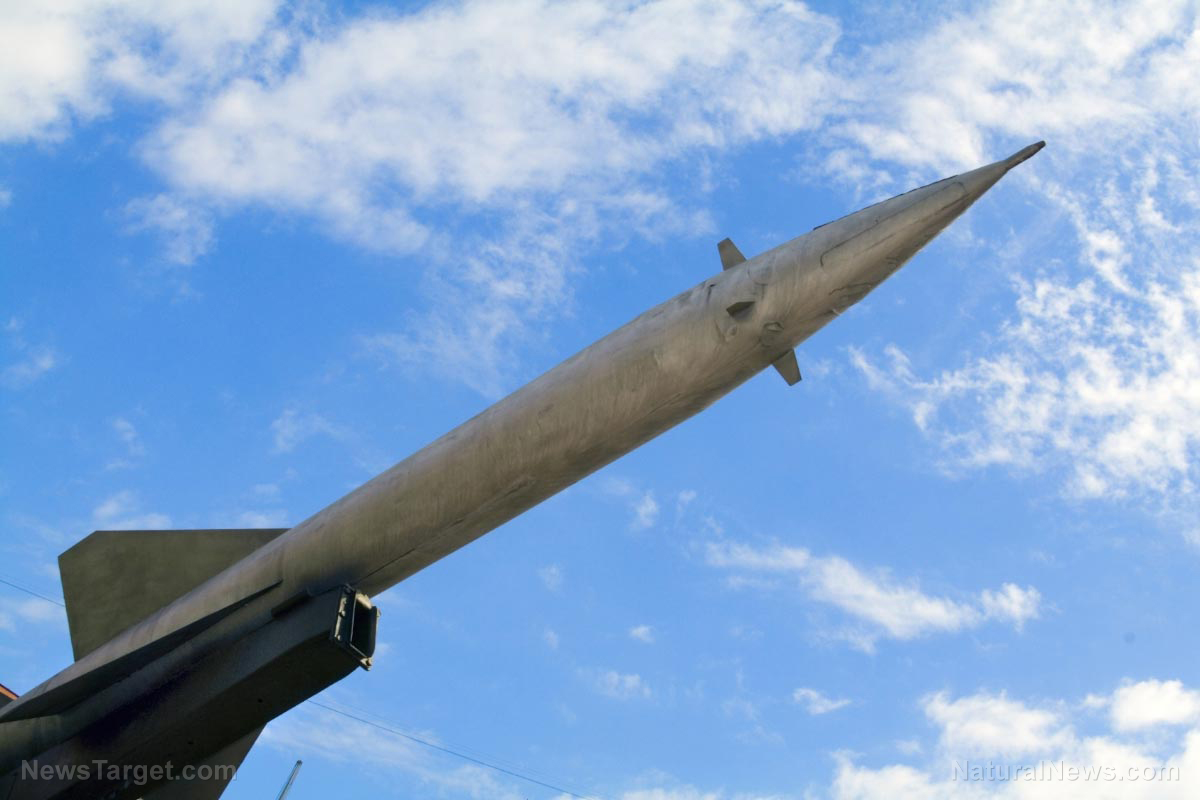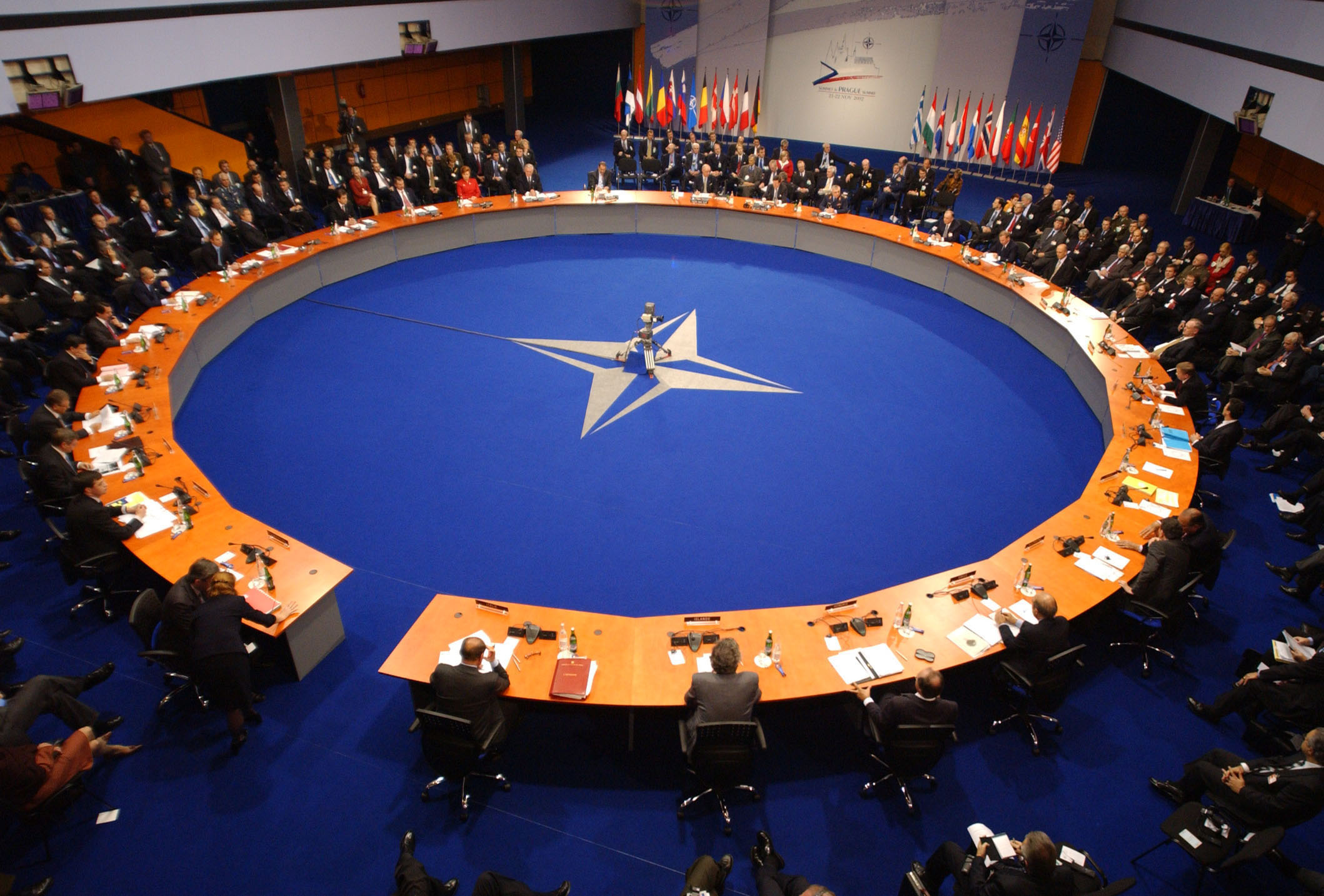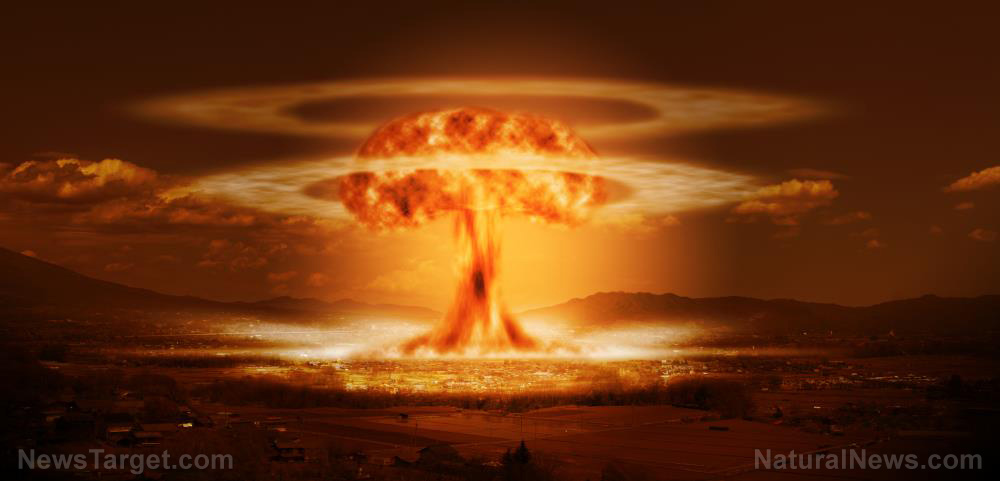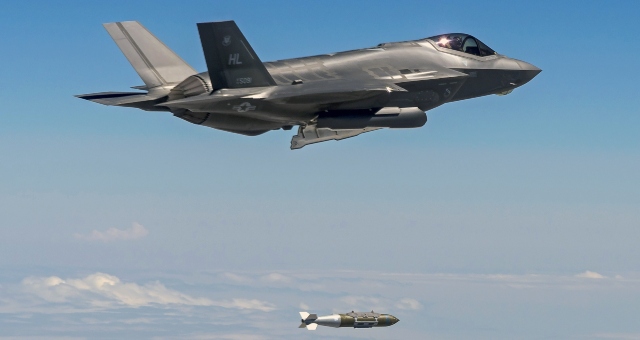Russia-Ukraine war reveals critical SHORTAGE of 155mm artillery shells across the United States
06/14/2024 / By Richard Brown

Modern warfare is still waged with traditional weaponry like bullets and artillery shells, but the U.S is facing challenges in producing enough of the latter.
The conflict in Ukraine has ushered in a resurgence of ordnance-intensive warfare, where the 155-millimeter (mm) shell has become a pivotal asset on the battlefield. However, there’s a critical shortage of these shells, revealing the neglect of munitions production infrastructure since the end of the Cold War. (Related: U.S. officials warn of increasingly “catastrophic” shortage of ammunition, air defenses in Ukraine; urge Congress to pass $61B aid bill.)
Efforts to revitalize production facilities across the U.S., from Scranton in Pennsylvania to rural Louisiana, underscore the urgency to meet the increasing demand. The goal is ambitious: to produce 100,000 155mm shells monthly by next year, marking a mobilization effort unparalleled since World War II.
The U.S. boasted substantial shell production capabilities decades ago, but the shift away from this focus post-Cold War left the nation unprepared for the current demand. The situation is mirrored in Europe, where similar efforts to ramp up production are underway.
This renewed reliance on conventional munitions has prompted the North Atlantic Treaty Organization to revise its stockpiling guidelines, emphasizing the need for allies to bolster their reserves. However, recent conflicts have drained U.S. supplies, exacerbated by shortages of critical components like black powder and trinitrotoluene (TNT).
Moreover, attempts to introduce higher-tech alternatives have faltered as evidenced by their performance in Ukraine. This has raised concerns that future conflicts could resemble the protracted warfare seen there, stretching the U.S. arsenal to its limits.
Recognizing the urgency, the Army aggressively pursues catch-up measures, but the challenges are manifold. Upgrading aging infrastructure, navigating environmental regulations and ensuring workforce readiness all pose significant hurdles.
Funding is a crucial aspect, with billions allocated for revitalization efforts, including the construction of a new TNT production facility. However, securing ongoing support from Congress remains uncertain, given the political landscape and competing priorities.
Despite these challenges, proponents argue that investing in munitions production is vital not only for bolstering national security but also for stimulating domestic economic growth. Yet, opposition and skepticism persist, particularly regarding the efficacy of aiding Ukraine and the feasibility of rapid production increases.
Foundries making artillery shells being overhauled
Bloomberg News zoomed in on the Scranton Army Ammunition Plant (SCAAP) located in the Keystone State. The plant operated by defense contractor General Dynamics has made artillery shells since the Korean War. Prior to this, however, the 15-acre complex had a more peaceful purpose – steam locomotives were once made there.
From an all-time high employment of 1,836 back in 1970, 300 people now work at the plant to forge steel into casings for 155mm rounds. Production happens here 24 hours a day, with finished shells being sent to a plant in Iowa to be filled with explosives. But this isn’t enough for the SCAAP, which has recently added weekend shifts to boost output.
“The drudgery of the work masks an always-present danger,” according to Bloomberg News. It recounted a fire at the plant, which sent smoke billowing from the facility’s rooftop and temporarily shut down some production.
SCAAP Commander’s Representative Richard Hansen told Bloomberg News that fires are an unavoidable part of forging steel. He nevertheless reiterated that the plant is “100 percent prepared for that.” A 23-year Navy veteran, Hansen has become the top Army civilian official overseeing the munitions foundry.
The Army has poured about $429 million into updating Scranton. The plant’s cramped rooms are being refurbished and its floors reinforced to bear the weight of new machinery.
In the face of geopolitical tensions and evolving threats, the imperative to strengthen munitions manufacturing is clear. It’s a long-term endeavor, but one that’s essential for ensuring readiness and resilience in an increasingly uncertain world.
Visit MilitaryTechnology.news for more stories like this.
Watch this report about Russia outproducing the West when it comes to drones and artillery shells.
This video is from The Prisoner channel on Brighteon.com.
More related stories:
U.S. facing worsening ammo shortage while trying to keep up with Ukraine’s demands.
Sources include:
Submit a correction >>
Tagged Under:
155mm shells, artillery shells, chaos, collapse, metal foundry, military, military tech, military technology, military-industrial complex, national security, production, Russia, Russia-Ukraine war, Scranton Army Ammunition Plant, self-defense, shortage, Ukraine, US manufacturing, weapons technology, WWIII
This article may contain statements that reflect the opinion of the author
RECENT NEWS & ARTICLES
COPYRIGHT © 2018 MILITARYTECH.NEWS
All content posted on this site is protected under Free Speech. MilitaryTech.news is not responsible for content written by contributing authors. The information on this site is provided for educational and entertainment purposes only. It is not intended as a substitute for professional advice of any kind. MilitaryTech.news assumes no responsibility for the use or misuse of this material. All trademarks, registered trademarks and service marks mentioned on this site are the property of their respective owners.




